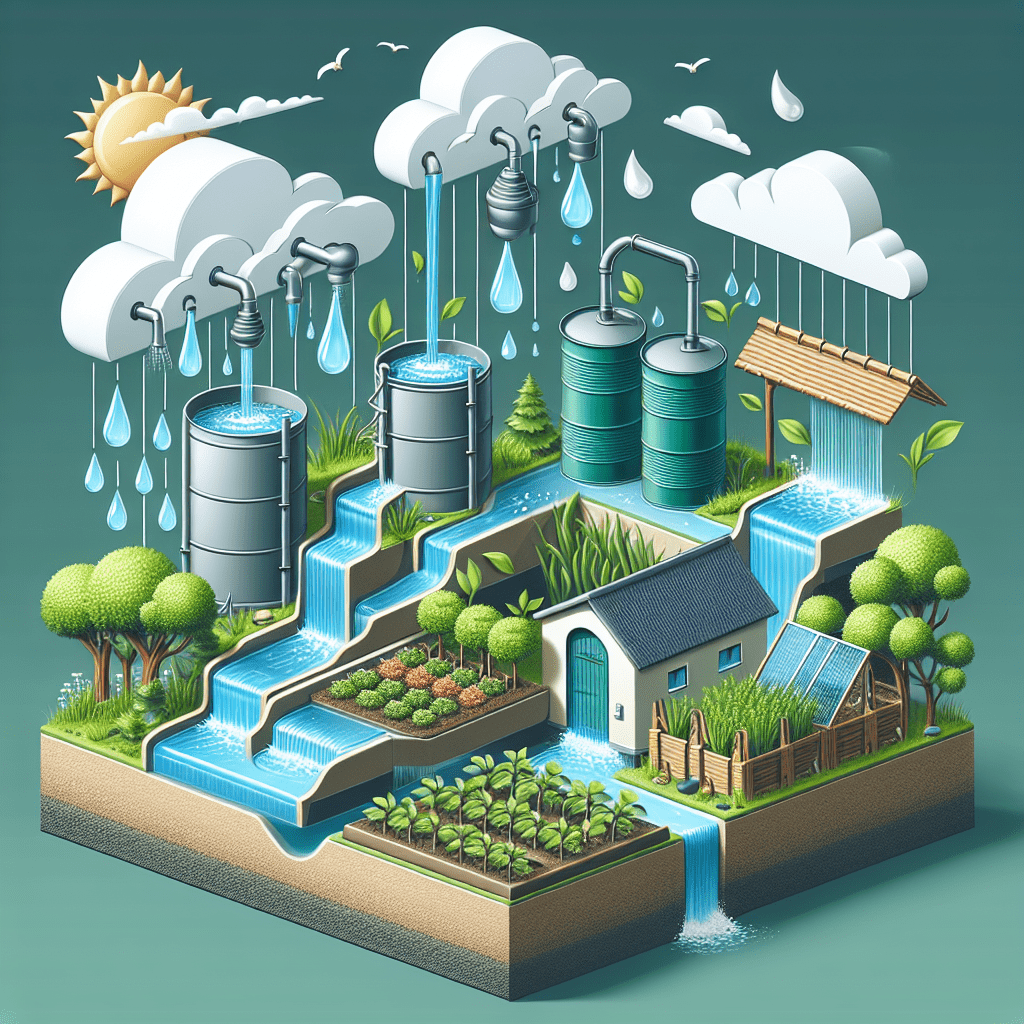The Power of Rainwater Harvesting: Techniques and Benefits

Introduction to Rainwater Harvesting
Rainwater harvesting, an ancient practice, is gaining renewed attention as communities worldwide confront the challenges of water scarcity and seek sustainable solutions. By capturing and storing rainwater for future use, this simple yet effective technique offers a multitude of environmental and economic benefits. This article explores the various methods of rainwater harvesting and how they contribute to water conservation, sustainability, and community well-being.
Surface Runoff Harvesting
Surface runoff harvesting involves collecting rainwater from surfaces like roofs, land surfaces, or rock catchments. This method is particularly effective in urban areas where impermeable surfaces prevent water from seeping into the ground. By diverting runoff into storage tanks or recharge pits, communities can significantly enhance their water security.
Rooftop Rainwater Harvesting
Rooftop rainwater harvesting is among the simplest and most cost-effective methods. It involves collecting rainwater from rooftops, which is then directed into storage tanks through a system of gutters and pipes. This collected water can be used for various purposes, from irrigation to household needs, after proper treatment.
Groundwater Recharge
This method focuses on replenishing underground aquifers with rainwater through artificial recharge techniques. By directing runoff into recharge pits, trenches, or wells, groundwater recharge can improve water availability in wells and boreholes, enhancing the sustainability of groundwater resources.
Enhancing Water Security
Rainwater harvesting plays a crucial role in enhancing water security, especially in areas facing irregular rainfall patterns and water scarcity. By providing an additional water source, it ensures that communities have access to water during dry periods, reducing dependence on external water supplies.
Reducing Flood Risks
By capturing runoff, rainwater harvesting can also mitigate flood risks in urban areas. This not only protects properties and lives but also reduces the economic costs associated with flood damages.
Conserving Natural Resources
Harvesting rainwater reduces the demand on conventional water sources such as rivers and groundwater, helping to conserve these precious natural resources. It also lessens the environmental impact associated with transporting and treating water, promoting ecological balance.
Community-Led Initiatives
Community-led rainwater harvesting projects have shown remarkable success in various regions. By involving local communities in the planning and implementation phases, these projects ensure that the solutions are tailored to the specific needs and challenges of the area, fostering a sense of ownership and responsibility towards water conservation.
Policy Support and Awareness
For rainwater harvesting to achieve its full potential, supportive policies and awareness campaigns are essential. Governments and organizations can play a significant role in promoting rainwater harvesting through incentives, technical support, and educational programs, encouraging widespread adoption of this sustainable practice.
Conclusion and Looking Forward
Rainwater harvesting is more than just a water conservation technique; it is a sustainable practice that empowers communities, protects the environment, and contributes to the well-being of future generations. As we face increasing water scarcity and environmental challenges, the adoption and promotion of rainwater harvesting will be pivotal in ensuring a sustainable and water-secure future.
"To forget how to dig the earth and to tend the soil is to forget ourselves." - Mahatma Gandhi
This concluding thought from Mahatma Gandhi highlights the intrinsic connection between humanity and the environment. Rainwater harvesting is a manifestation of this connection, reminding us of the importance of working with nature to sustain our communities and the planet.



